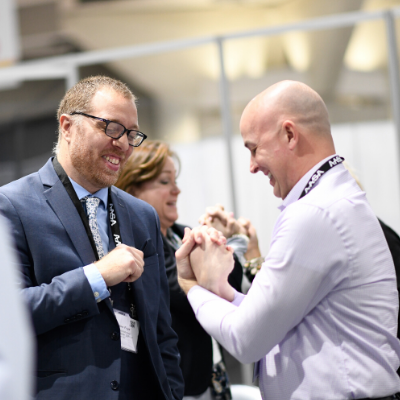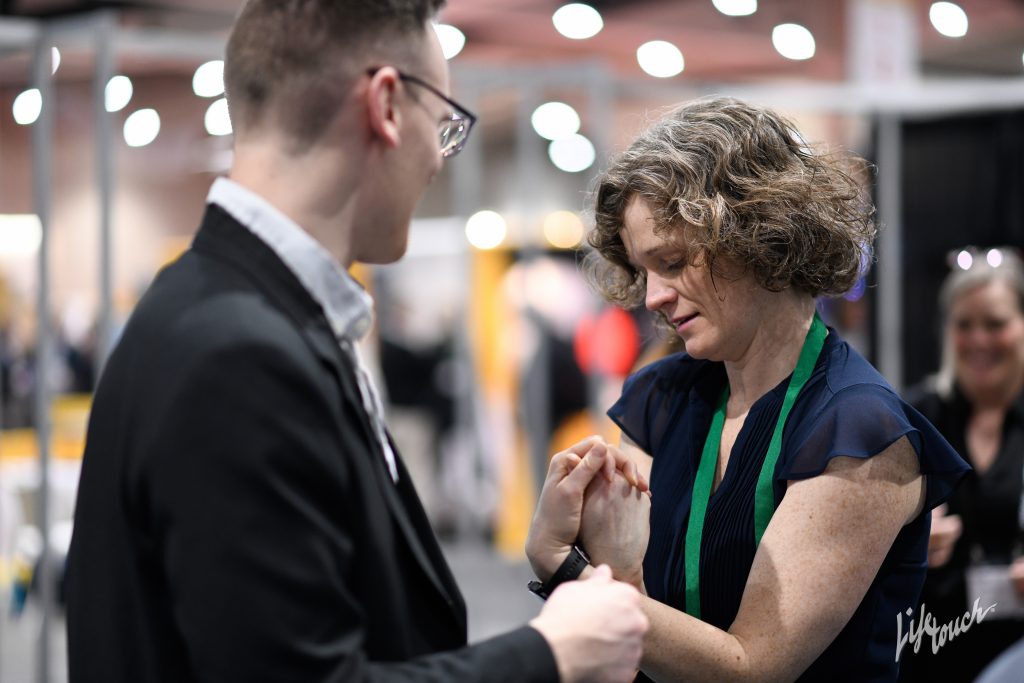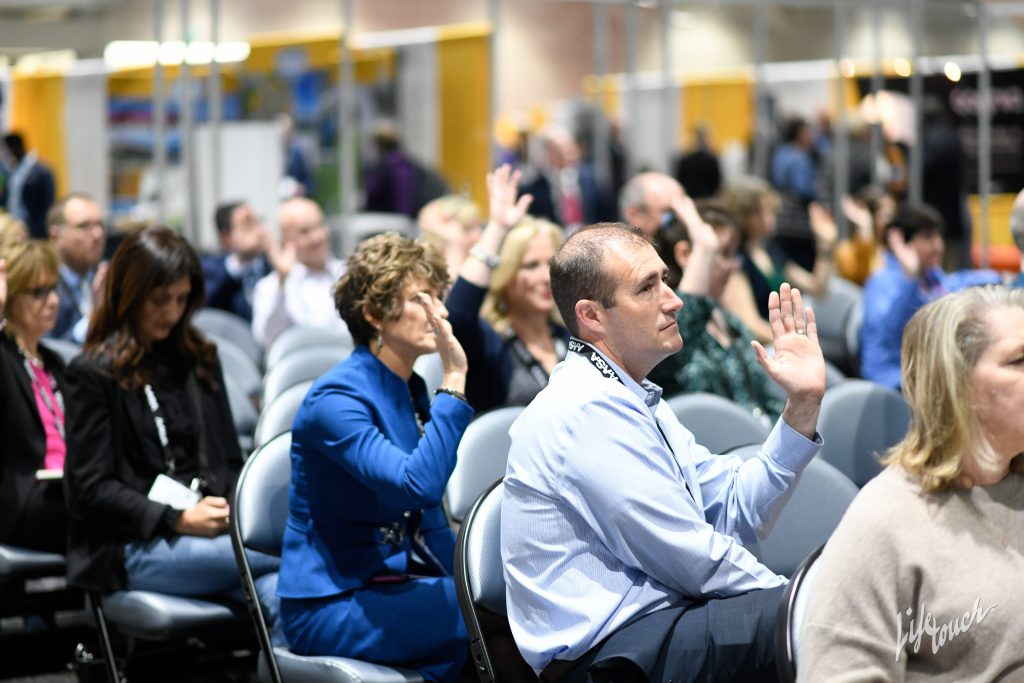How well do you understand your brain? Or perhaps more importantly, the brains of your students?
That was the topic on the minds of folks attending Thursday morning’s Thought Leader session with Julia Skolnik of The Franklin Institute in Philadelphia and superintendents John Sanville of Unionville-Chadds Ford School District in Kennett Square, Pa., and David Baugh of Centennial School District in Warminster, Pa.
But before you answer the questions above, take this True or False quiz:
- Humans use only 10 percent of their brains.
- People can effectively multitask.
- Emotions do not affect how people learn.
- Some people are “right-brained” and others are “left-brained.”
- People have different learning styles.
If you answered true to any of the above, you’re incorrect – at least according to evidence-based research. All five are myths, however persistent and popular.
Since 2015, the Franklin Institute, which operates a highly regarded science museum in Philadelphia (with a legacy extending back to Ben Franklin) has run a Master Educator Program for school districts in Pennsylvania, New Jersey and Delaware. It plans to expand the program nationwide in 2021.
The primary mission of the program is to inspire passion for learning about science and technology, both in educators and students, by learning about how the brain itself works, grows and experiences constant reinvention, a concept known as neural plasticity.
“We learn best when we are actively engaged and motivated,” said Skolnik, assistant director of professional development at The Franklin Institute. That’s why it’s important to dispel myths like those above, she said.
People use all of their brains every day, not just a fractional percentage. Capacity, however, is a different question. “Capacity can be grown,” Skolnik said. “It’s not finite.”
We live in a world of distractions, a constant clamor for our immediate attention. But numerous studies have shown that it is not possible to multitask – to mentally do more than one thing at a time – with equal effectiveness. Instead, the brain switches between tasks, with corresponding slowness and greater likelihood for mistakes.
Emotion always has been a primary driver of human evolution. “We feel before we think,” said Skolnik. When people or, more specifically students, are unhappy, angry or fearful, these emotions impair the ability to learn.
People are not right-brained or left-brained. The two hemispheres of the organ are mirror images and intimately connected. Both perform all cognitive functions, whether logical or creative.
Students (and everybody else) do not have learning styles, such as visual or auditory. Learning occurs through all modes, active and passive, though individuals may have preferences they think work best for them.
Both superintendents – Sanville and Baugh – have had hundreds of teachers go through Franklin’s master educator program in recent years, bringing back new perspectives and new ways to teach and learn. Both superintendents presented laudatory videos describing their districts’ experiences, which included everything from novel hands-on experiments and renewed enthusiasm for the learning/teaching process to simply mixing up the way classrooms are arranged.
“It’s the most impactful professional development I’ve experienced,” said Sanville. “It has made a meaningful difference for kids in the way instruction is delivered.
For more information on The Franklin Institute Master Education Program, visit www.fi.edu/professional-development.
(Scott LaFee is media relations director at UCSD Health in San Diego.)



